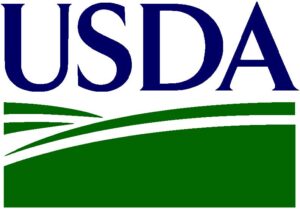 Among the most challenging aspects of selling in direct markets is setting prices. ‘What if the price is too high?’ ‘What if it’s not high enough?’
Among the most challenging aspects of selling in direct markets is setting prices. ‘What if the price is too high?’ ‘What if it’s not high enough?’
Finding that balance and determining a “fair” price is part science and part art. A “fair” price reimburses you for the labor and inputs plus a little for profit while still providing good value to the customer. Following are resources you can use to help in that process.
- Pricing Your Farm Products (PDF). Created by the Rutland Area Farm and Food Link, this fact sheet is a step-by-step guide to setting prices.
- 2010 Guide to Selling at Farmers’ Markets (PDF). Published by Growing for Market, this comprehensive guide covers all aspects of direct market sales at farmers’ markets, including tips for pricing for farmers’ markets.
- From Cash Records to Cost of Production Fact Sheet (PDF). Knowing your production costs is key to setting prices that support farm profitability. This fact sheet explains how to calculate production costs. It also contains a handy “Enterprise Allocation Worksheet” which lists many possible categories of production expenses.
- How to compute a Break Even Selling Price, from the USDA Agricultural Marketing Service. The break-even price tells you the minimum price you can sell your product for and still cover your costs. Another approach is to compute the break-even sales volume, which identifies how much of the product you will need to sell at at a given price to break even.
Additionally, here are some works sheets you can use to analyze markets and competition, identify enterprise costs, develop projections for income and expenses, and explore the relationship between these factors. These work sheets were shared at the “Pricing for Profit” workshop at the 2013 Cultivating our Food, Farms and Future Conference in Des Moines, IA in November 2013.






